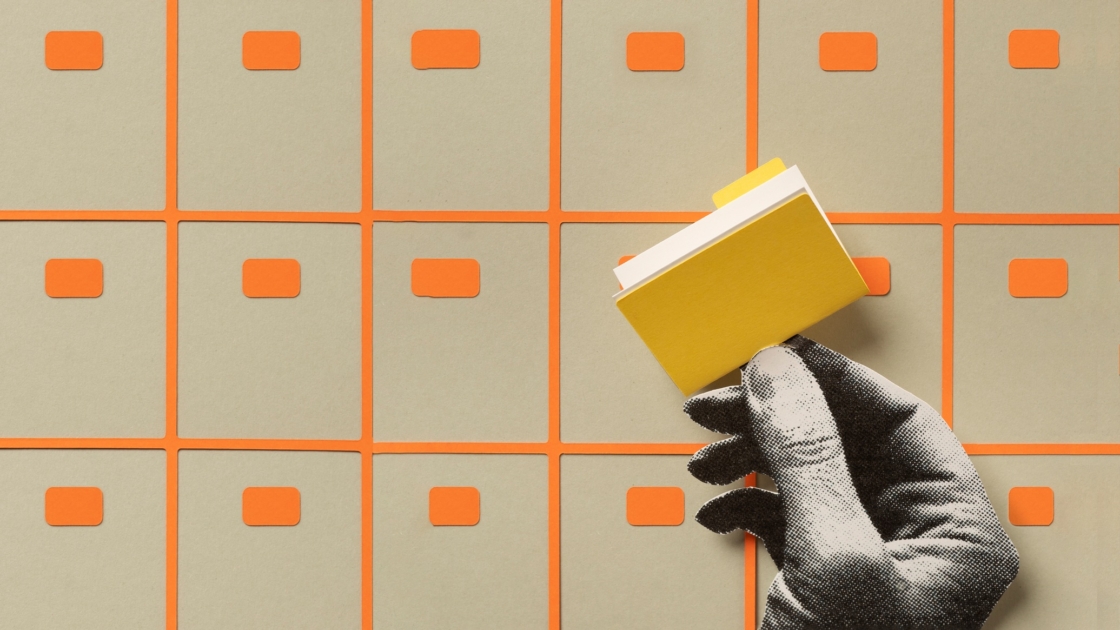Storing and managing your own medical records has always been off-limits, confined to the realm of hospitals. Even if people were interested in keeping and controlling their own data, it was impossible—because there were no tools or systems that allowed them.
A South Korean medical technology startup called MediBloc is about to change that.
MediBloc aims to transform the way healthcare information is managed and exchanged, using blockchain technology. The Seoul-based company’s new app and token will allow patients to view, manage, and control their own medical records.
“It will be like a digital healthcare data wallet that patients will possess,” says Kho Woo-kyun, co-founder of MediBloc, which is a member at WeWork Yeoksam Station II in Seoul. “Patients can view all of their aggregated health data in one place. They no longer have to take the same medical checkup every time they visit a new hospital, because their previous checkup data is recorded in the app.” In that case, all that’s required of the patient is for them to transfer the data to a new hospital, where it’s both received and stored securely.
“They can also use [their information] however they like,” says Kho, including sell their data to researchers in exchange for MED (medi tokens), which will be used like currency within the MediBloc platform. The tokens can be used for paying medical expenses (including pills) and insurance fees—a form of exchange made possible by the company’s open-source, verified blockchain system.
Over the past decade, other companies have attempted to produce this type of platform. “But it wasn’t successful because it was hard to authenticate the originality of the data, and hard to convince people to use it,” Kho says. Blockchain removes those barriers: The open, distributed ledger consists of a series of blocks that record (with a hash value, or a blockchain-specific structure used to record data, and a time stamp) all transactions. Once recorded, the data in a block can’t be altered without altering the other blocks, which requires consensus of the network majority—making all information incredibly secure.
Kho, an engineer-turned-dentist, founded MediBloc in Seoul with Lee Eun-sol, a radiologist-turned-engineer, just last year when the two realized they could merge IT and medical data to create a new medical system that improves the healthcare data ecosystem. The company, which made over 700 professional connections at the job fair at WeWork’s Creator Awards in Seoul on February 28, was named one of the country’s top startups by Forbes.
“Retrieving personal medical records from hospitals has always been difficult and time consuming, mainly due to data security reasons—especially when you request transfer of your medical records from one institution to another,” says Lee. “Even when you receive your medical record, there is no proof that the data hasn’t been altered. Blockchain solves this credibility issue.” Such technology also allows for medical personnel to provide better quality service, all while helping researchers easily acquire information they need.
In the MediBloc platform, individuals are empowered to take ownership of their own data. If they choose to, they can exchange their medical records for a price to hospitals, research institutions, and other parties that request them. Upon selling data, individuals can verify the third party’s credibility by checking their previous transactional record and approve the exchange based on their purpose of usage.
MediBloc aims to engage medical institutions across Korea to connect with their platform to maximize the impact of the service and to make people’s lives easier. Once they penetrate the Korean market, they plan to expand globally.
The benefits of blockchain
It’s safe and secure. Since data is not stored in one centralized system but in a distributed decentralized ledger, each individual holds a key (like a password) to their own data. This creates a low risk of data hacking and theft.
It’s open and transparent. Since data is recorded in an open ledger, everyone can view the transaction and participate—so your cardiologist can transfer data to your internist. (That said, the specifics of the data are encrypted and verified by the unique hash value.)
It’s authentic and credible. Since a hash value leaves a mark in the transaction, authenticity of the data can be verified by comparing the hash value. Once information is recorded on a blockchain, it cannot be edited or erased, which is why the data can be trusted.







